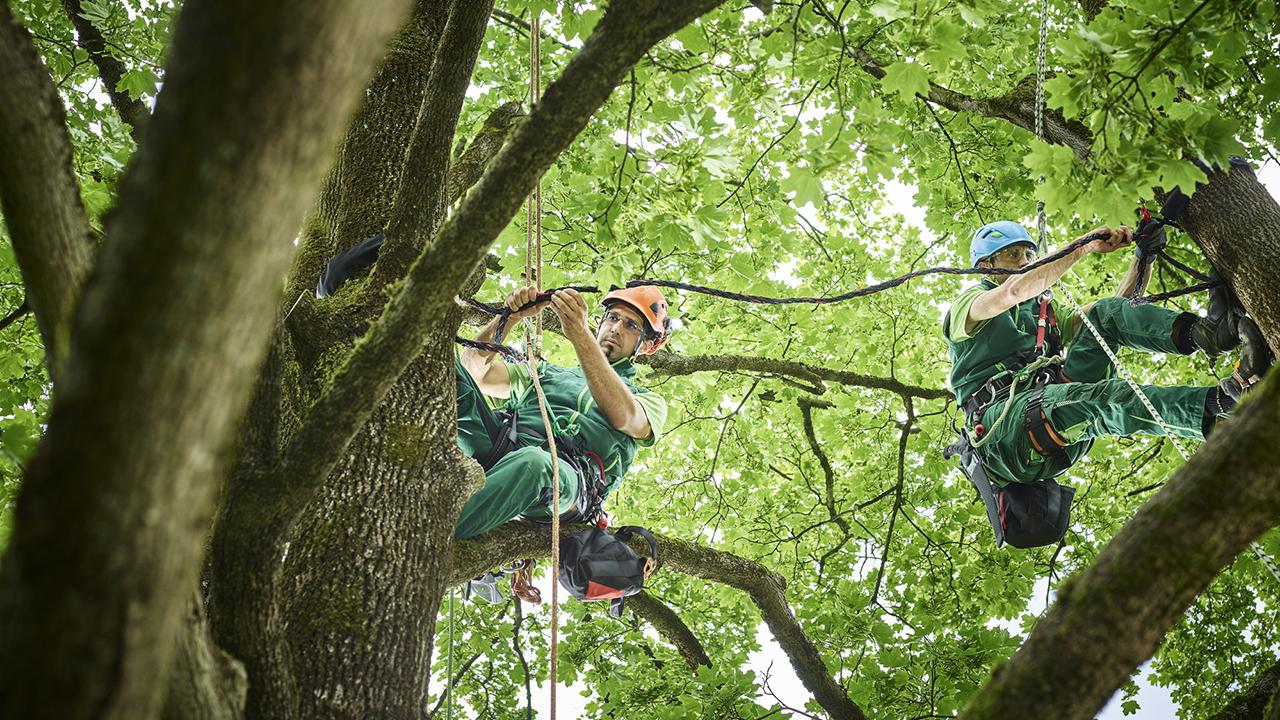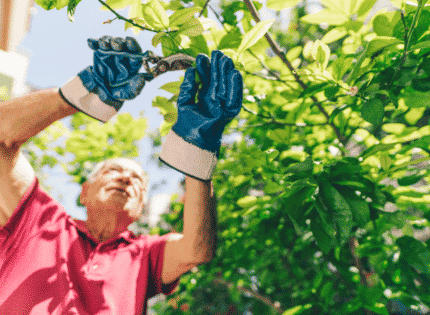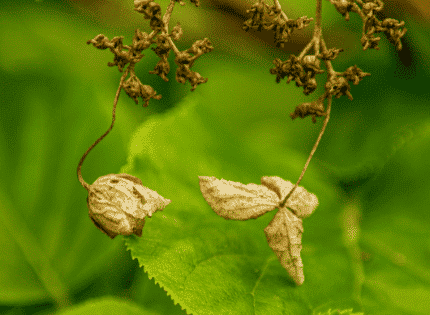

Most people know that trees are great for providing shade, clean air and natural beauty for our landscapes. What you might not know is that neglecting trees and avoiding regular pruning and maintenance can have an adverse effect on the environment.
How Do Neglected Trees Affect the Environment?
Trees seem to grow happily and healthily without our intervention, so many people believe they don’t require regular maintenance. Unfortunately, there are several adverse effects unmaintained trees can have on the environment. These include:
1. Diseased Trees Can Infect Nearby Trees
No matter where you live, there are a variety of tree diseases and tree pests that can wreak havoc on neglected trees. Some of the common issues that affect trees in most areas of the U.S. include anthracnose, leaf spots, powdery mildew, root rot, aphids, ash borers, Asian longhorn beetles and gypsy moths.
Diseases, fungi and insects are all more likely to attack and infect weakened and neglected trees. Not only are unmaintained trees at a higher risk of infestation and infection, but they can also spread the issue to other nearby trees. Fallen leaves, dropped sticks and even roots of an unhealthy tree can all spread an insect infestation or tree disease rapidly, potentially killing off many trees.
2. Neglected Trees Don’t Grow as Healthily
Even if your tree isn’t diseased or pest-ridden, neglecting it can negatively affect the environment. Regular pruning is recommended for all trees, because it promotes healthy growth and limits competition between your tree’s limbs. Failing to prune your tree can mean more resources are consumed without any benefit to the tree or the environment.
Pruned and well-maintained trees will contribute more clean air to the space around them, and they’ll be less likely to be affected by disease or tree-destroying insects.
3. They Deplete the Soil of Nutrients
All trees pull nutrients from the soil to maintain growth, even if they’re diseased, infested with pests or have overlapping and uncontrolled limbs that are competing for sunlight and resources.
A neglected tree will pull more nutrients from the soil because of the uninhibited growth of limbs, branches and leaves. You’ll be depleting the soil of essential components for no added benefit to the environment. A well-maintained tree will always be a better use of the nutrients in your soil.
How Do Trees Benefit the Environment?
It’s widely known that trees improve the air quality, provide us with much-needed oxygen and offer a habitat for beneficial wildlife. However, there are additional benefits even beyond these obvious ones.
Trees Clean Our Water Supply
Many cities throughout the U.S. rely on groundwater as a public water supply. Groundwater sources, including private wells, are most often refilled by runoff from precipitation. The root system of a healthy tree will naturally pull pollutants out of rainwater as it seeps through the ground and into our water sources. More trees generally mean cleaner, healthier water for bathing, cooking and drinking.
Trees Improve the Weather
Yes, really! Trees naturally reduce temperatures and moisture in the air, making the climate more comfortable. The more trees that appear in a city, the less likely sunlight and heat are to reflect off the ground and warm the air around us.
Additionally, trees provide shade for us, our cars and our homes. Shading from sunlight can drastically reduce how hot our immediate environment gets.
Trees Reduce Energy Costs
Finally, the shade provided by trees that keeps homes cooler in the summer can help reduce air conditioner usage and energy bills. Properties with more tree coverage will naturally pay less for cooling in the summer months. Reduced energy usage, of course, has a positive impact on the environment.
What Does Proper Tree Maintenance Look Like?
Proper tree maintenance isn’t all that complicated, and the benefits you can enjoy when you maintain your trees far outweigh the cost and effort of the upkeep.
Most importantly, you should have regular pruning done at least once a year. Pruning will promote healthy limb and branch growth, help protect your trees from pests and tree diseases, and reduce the likelihood of dead or dying branches and limbs falling on your property.
Secondly, you should ensure your tree receives enough water each week, especially in the hotter summer months. The amount of water needed will depend on the size, age and species of the tree, but plan to water at least one to two times per week.
Thirdly, mulching around the base of your trees is an excellent way to promote healthy root growth and nutrient uptake. Mulch naturally holds water in the soil for the tree to drink, and it will eventually break down and replenish nutrients required for healthy growth.
Finally, keep an eye on your trees and contact an arborist for treatment if you notice any symptoms of pest infestation or disease.
5 Signs That a Tree Is Not Healthy
There are many ways a tree will indicate if it’s unhealthy. Keep an eye out for the most common symptoms of tree issues listed below, and report to an arborist if you’re unsure of the severity of the treatment protocol.
Holes or Cankers in the Trunk
The trunk of your tree should be free of large cavities or cankers, which can indicate a variety of pests or diseases. It could be that the trunk was physically damaged by landscaping equipment, a car or other machinery, leaving it more prone to disease and insect infestation.
Holes in a tree are also a sign that woodpeckers are feeding on tree pests like bark beetles. If you notice holes in the bark of your tree, it’s possible that a pest like the bark beetle has begun an infestation. Bark beetles are especially prevalent on the West Coast, especially in California, where most infections require an arborist for tree removal.
Missing Bark
If your tree is missing sections of bark, it’s very likely infected with a tree disease or fungus. Some tree-destroying pests can also cause the bark to decay and fall off, so reach out for a professional assessment if you’re unsure of the cause.
Dead or Dying Branches
Healthy trees have leaves on all of their branches. If you notice leafless branches in the spring or summer, or limbs or sticks that appear dead, you might need a routine pruning or an assessment for disease.
Leaf Damage
Holes in leaves, misshapen leaves, early yellowing or browning, and premature leaf drop can all indicate an unhealthy tree. The reasons for leaf issues vary from leaf-eating insects to sap-suckers and fungal infections, so you might need an expert to diagnose the problem for you.
Wilting
Finally, an unhealthy tree will often show signs of wilting, including shriveled leaves and sagging branches. The causes of wilting are varied, from excessive heat and drought to diseases like oak wilt.

 233k
233k  41k
41k  Subscribe
Subscribe 

